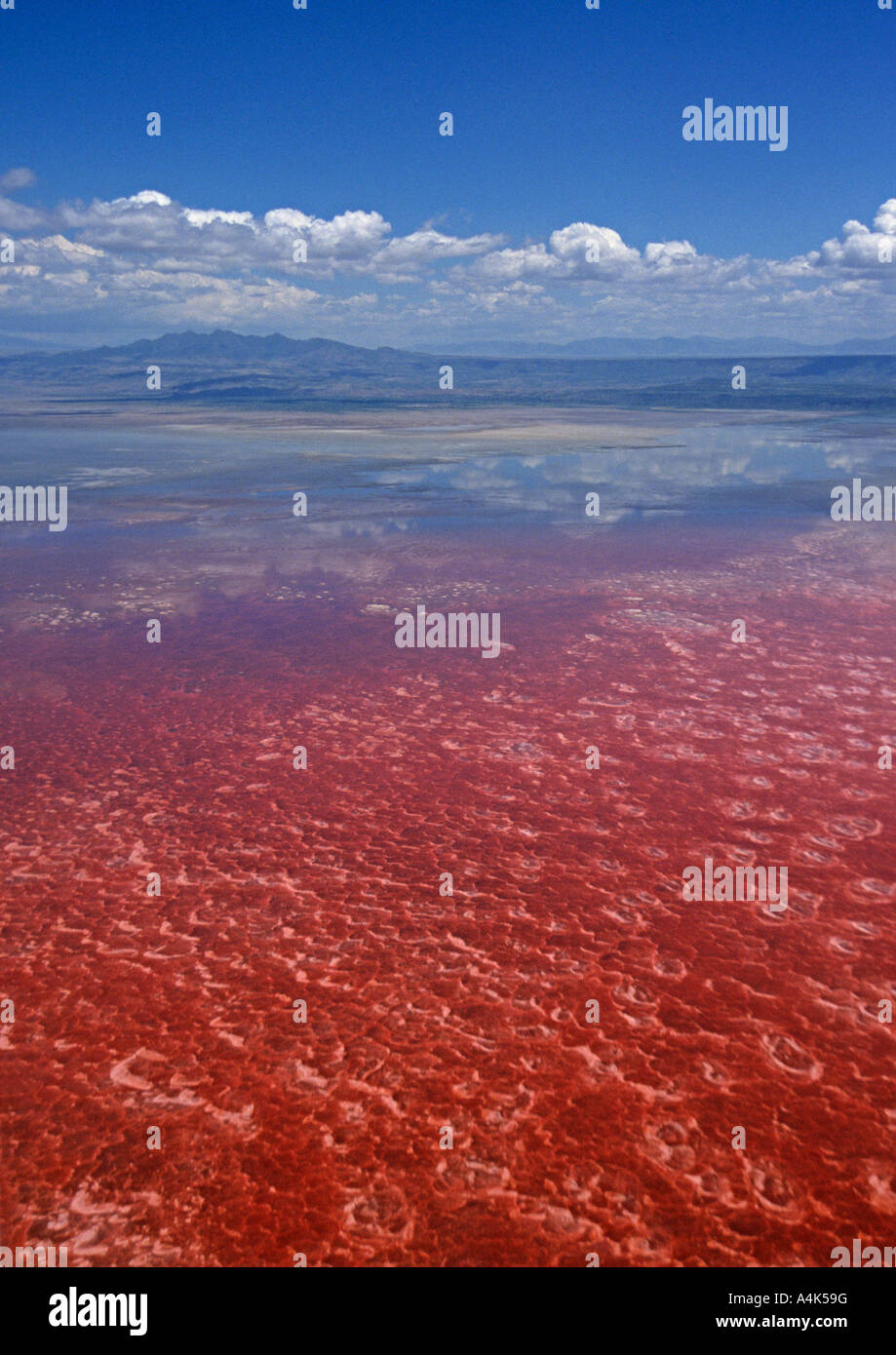

Most lifeforms find their waters to be caustic and inhospitable due to their high salt content, extreme alkalinity levels reaching as high as pH levels of 12, and scorching temperatures reaching up to 60 ☌ (140 ☏). However, the few species that have adapted to these settings have substantial populations. Species richness is low as a result of these harsh and extremely changeable habitats. Temperatures are severe, winds are strong, vegetation is scant, and most creatures are unable to navigate over this dense muddy terrain. The mudflats that surround the permanent water are equally desolate. Furthermore, these circumstances are not constant, but rather fluctuate rapidly during rainstorms.īecause the rain is slightly acidic, heavy showers briefly flood the lakes with cold water, substantially lowering the pH. With a saturated salt solution of pH 9 to 10, and temperatures reaching up to 41☌ near the mineral springs, the waters of these salty lakes are exceedingly hostile.


It contains magmatic limestone that has been created deep inside the Earth, poured out in runny lava flows, and blasted into the air to form ash clouds 10 miles high. Other volcanoes typically erupt silicates, but the Ol Doinyo Lengai is the only one on the earth to erupt “natrocarbonatites” in the form of chilly, flowing, dark washes.

According to Hannes Mattsson, a researcher at the Swiss Institute of Technology in Zurich, it’s a favourite among petrologists because it’s the only one of its sort. Ol Doinyo Lengai, a million-year-old volcano just south of Lake Natron, is to blame. The lake is additionally nourished by mineral-rich springs that rise up on the lake’s periphery, bringing soluble salts to the surface. The Ewaso Ngiro River, which has its catchment in the central Kenyan highlands, is the main source of water for Lake Natron.


 0 kommentar(er)
0 kommentar(er)
